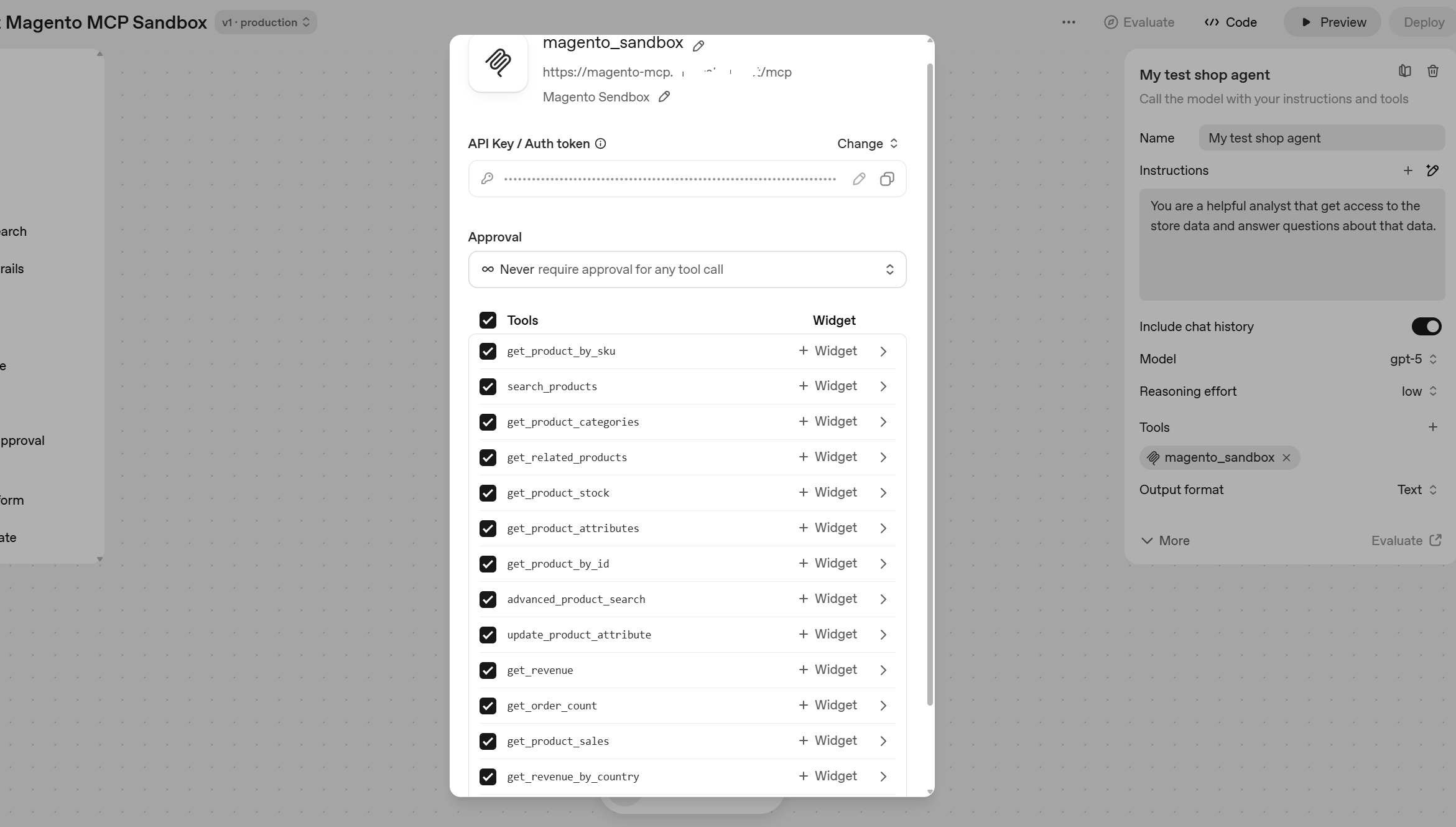eCommerce sites need to evolve, the ‘build it and they will come’ motto does not apply anymore in this competitive online retail world where the customer truly is king. Creating a successful online store is an ongoing process, requiring a continuous set of iterations, catering for customers evolving needs through the application of new features, processes and technology.
The perplexing question for eCommerce practitioners, is how much should I be investing on my site year on year. It is a how long is a piece of string type of question. We normally recommend between 5 – 10% of revenue. If a website is creating say $1m worth of revenue than (5%) $50,000 on your eCommerce business sounds like a sufficient budget.

What is changing the game is attribution modelling, data showing how web touchpoints are affecting the sale. Recently, an Econsultancy article quoted that 49.5% of total U.S. retail sales are impacted by the web. That is massive, so all of a sudden the revenue that was attributed to your website has just increased significantly.
Closer to home at a recent Ecommerce conference in Melbourne, Nathan Bush from the Super Retail Group was involved in a research project that asked people as they exited their stores with their shopping bags, what made them come in store.
The Super Retail Group study found that nearly 20% of customers that bought in store had researched the product on the web. It is not on par with the figures of the American study, but still shows that one in six in-store shoppers went online to browse products before entering the store.

You don’t need to invest in attribution modelling software or research studies to assess your website. Whether you are a growing business with one or two stores or you have the scale of someone like the Sure Retail Group, you should now be attributing some your brick and mortar revenue to your website. From my desktop research, the figure should be at least 20%.
Attributing offline sales to the website also means that you can now go to your finance person within your business with a solid case for more budget. Ideally, it means that you can create better quality content; optimise automation and create a better user experience; the more you invest the more sales you will achieve.





